IN LIFE AS IN THE CITY
It's with four hands that they have been writing the success story of their architecture firm for nearly 20 years. And if they prefer media discretion to architectural stardom, it's to hide more effectively behind their works. From imprinting urban planning with a human vision, to renewing our ecological conscience, Denis Valode gives us his inspired view "at the crossroads of all".
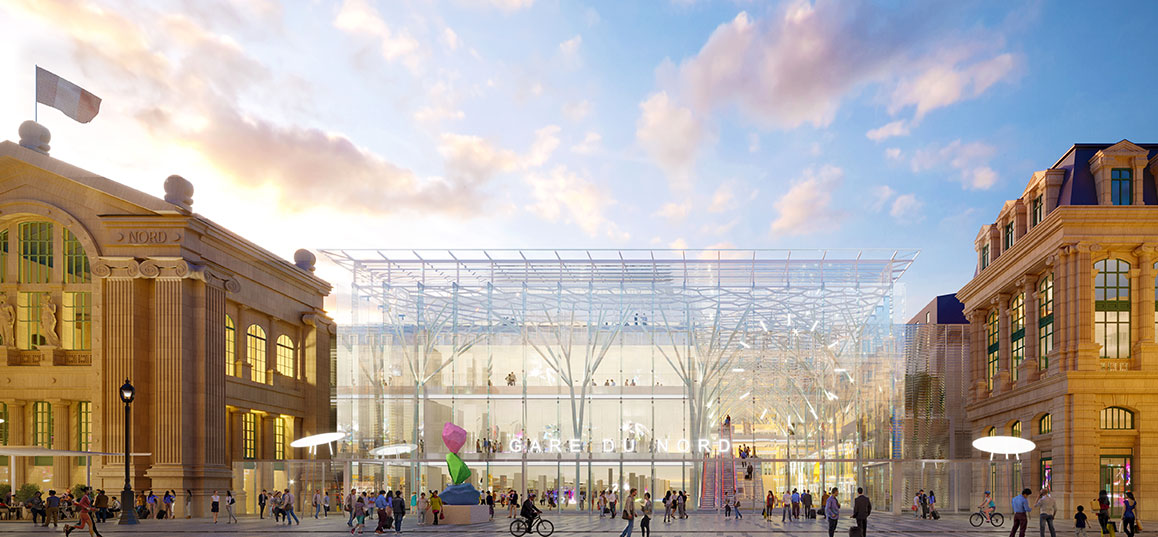
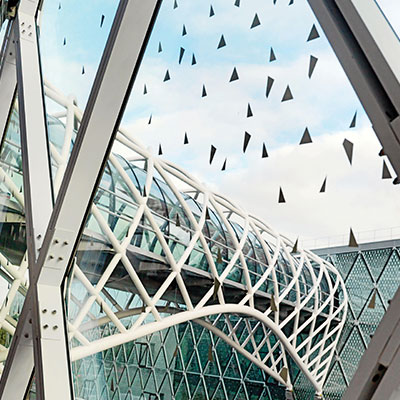
Global citizens
Valode and Pistre... With the name of a firm like that, we would expect the dynamic duo to be side by side every minute of the day like Batman & Robin! And it’s true: the two associates have stuck together since they first met some 40 years ago at art school where Denis Valode was teaching architecture to his star pupil, Jean Pistre.
In France, we owe them the spectacular Beaugrenelle shopping mall in Paris, with its light and airy glass exterior; along with the tallest tower in Lyon, the new shopping center Promenade Sainte-Catherine in Bordeaux, and several train stations for the future Grand Paris Express.
Far from restricting itself to projects in France, the firm is questioning new paradigms in cities in China, Russia and Lebanon.
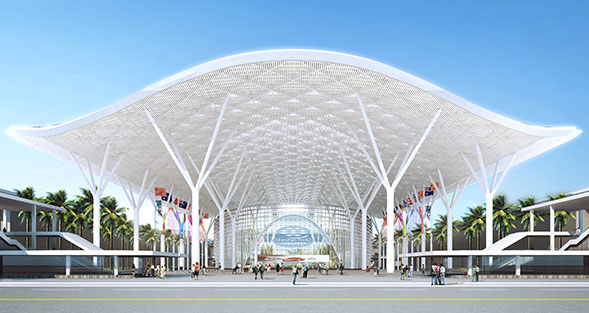
Is there a big difference between your projects in France and those overseas?
D.V.: Our approach to architecture isn’t stylistic, but problematic. By which I mean, “Necessity is the mother of invention” depending on the challenges linked to history, culture, the environment, etc. The influence of climate was an especially important factor in Skolkovo – Moscow’s Silicon Valley – where we built an innovation center with numerous galleries that we had to protect from the cold.
We don’t want to impose our own stamp; all our projects must be different. We rethink spaces to make them emblematic objects in their region, with a real desire to deliver works of art to the users, so they will appropriate them and feel proud of them.
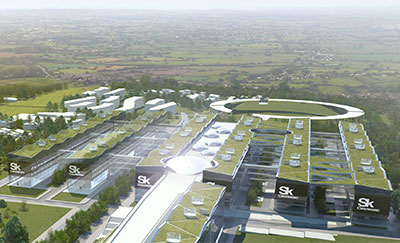
You have designed several towers. Is it possible to reintroduce a human touch and some conviviality into these vertical constructions?
D.V.: Towers have long been looked down on in France. But in truth, it was the huge concrete-slab decks that were the real problem. So we knocked down the old Beaugrenelle mall in Paris and designed a brand new one. We are convinced that the tower is an essential urban model to cope with the inescapable densification of cities and to avoid destroying farmland. But towers must be made more human. We devised green spaces and areas of conviviality on every floor of the Tour Saint-Gobain: restaurants, public access spaces, reception areas, and even a hothouse with a Mediterranean climate! Towers can be seen from far away, so it’s important to make them beautiful.
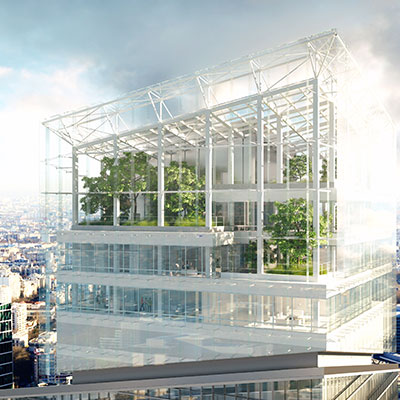
Is today’s architecture also about creating a new temporality?
D.V.: There are a number of different relations to time. Firstly, we construct buildings meant to last. These days, sustainable also implies ecological parameters, like zero carbon. But the various features don’t all have the same shelf-life. Lots of buildings have become obsolete, notably their facades; but that’s not a reason to demolish them. We must renovate them, make them adaptable to time, and design them for future modification. Devising facades that can evolve, flexible structures, is something very new.
You are a big player in the Grand Paris project. What can be done to erase the break between the city center and its suburbs and reintroduce a dialog between the two? ?
D.V.: The answer is polycentrism! With the grid of the new Grand Paris Express, things will evolve towards a network system with no absolute hierarchy, like in Tokyo, for example. In the end, focusing only on the center is something very French!
Denis Valode, co-founder of the architectural firm Valode & Pistre
Créditos Fotografia : Valode & Pistre Agency


